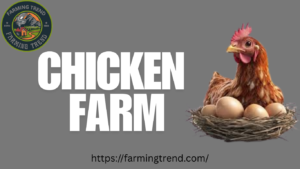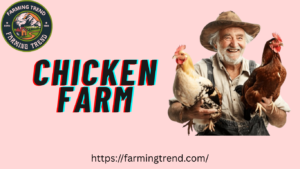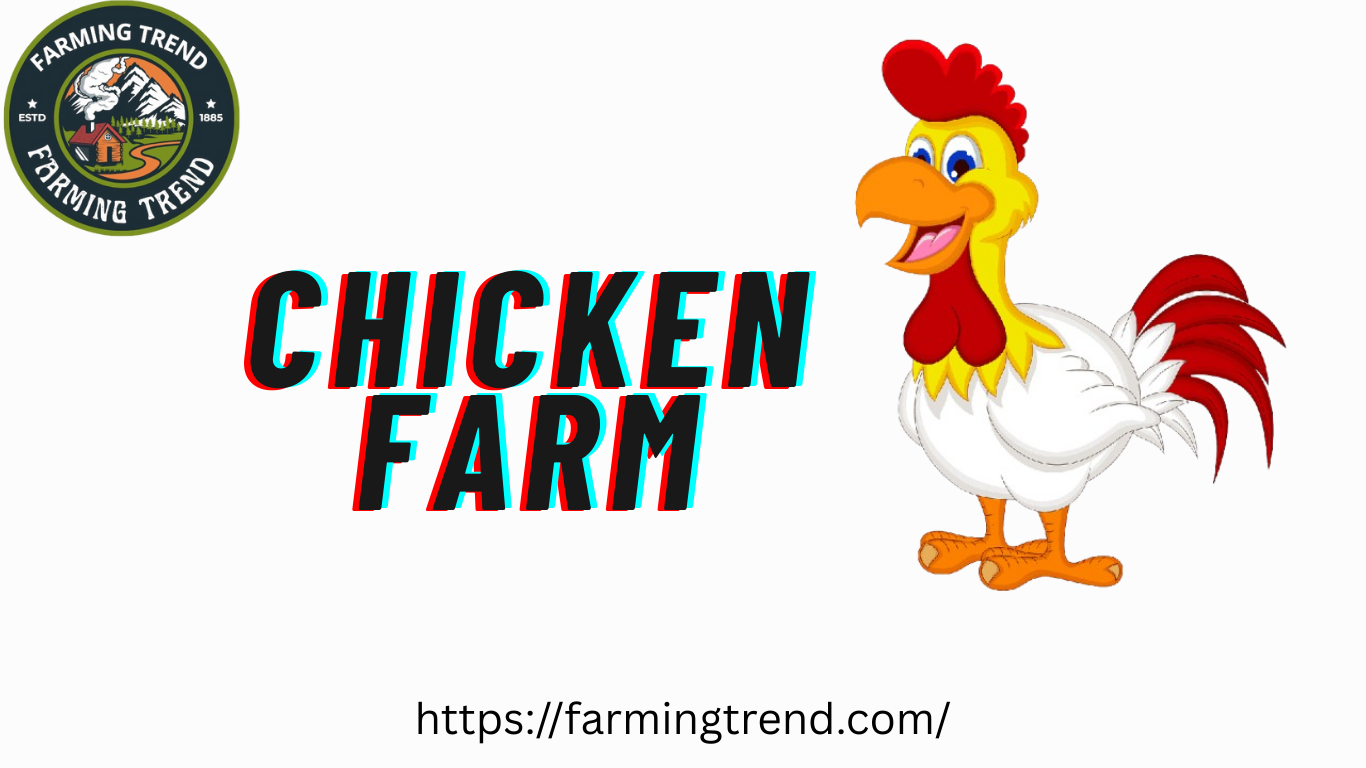One of the most frequent questions people have when they are interested in the world of poultry farming is what the name of a chicken farm is. Knowing the right terms is a great place to start, whether researching potential career paths or figuring out where your food comes from.
Well, define a chicken farm, examine the various kinds, and discuss their functions in agriculture in this post, all while making sure it’s fully optimized for search engines to give you the information you require.

What Is a Chicken Farm Called?
A poultry farm is another name for a chicken farm; more precisely, a farm that focuses solely on chickens can be referred to as a chicken farm, though there are subcategories based on the farm’s objectives.
- A farm that raises chickens for meat production is known as a broiler farm.
- A layer farm is a farm that raises hens to produce eggs.
- A farm where the hens have access to outdoor areas is known as a free-range chicken farm.
- An organic chicken farm complies with organic guidelines for care space and feeding.
All birds, including chickens, turkeys, ducks, and geese, are included in the general term poultry farm, but chicken farm is a precise and common way to refer to chickens in particular.
Different Types of Chicken Farms
Knowing the different kinds of operations is also necessary to comprehend the name of a chicken farm, its size, its purpose, and the farming techniques of the farms. The primary kinds are as follows:
1. Broiler Chicken Farm
The goal of this kind of farm is to raise chickens for meat before they are processed. These chickens, known as broilers, are usually raised for five to nine weeks; rapid growth in a regulated setting is the primary objective.
Key Features:
- Controlled indoor environment
- High-efficiency feeding systems
- Focus on meat production
2. Layer Chicken Farm
Hens raised on a layer farm are raised especially to produce eggs. These hens can lay eggs regularly for more than a year after they begin to do so at the age of 19 to 21 weeks.
Key Features:
- Specialized feed for egg production
- Nest boxes or laying systems
- Can be caged, cage-free, or free-range
3. Free-Range and Pasture-Raised Farms
Chickens raised on a free-range farm are allowed to spend time outside. Chickens raised on pasture enjoy even greater freedom and frequently forage in fields. Customers who value animal welfare are drawn to these kinds of farms.
4. Organic Chicken Farm
Chickens must have access to outdoor space, be fed organic feed, and not be given antibiotics. Certain certification requirements must be fulfilled by organic . Customers who care about their health and the environment are drawn to these farms.
Why Are Chicken Farms Important?
Their significance cannot be emphasized, as billions of chickens are raised annually throughout the world. A vital component of the world food supply is a farm.
Benefits of Chicken Farms:
- Provide affordable sources of protein (meat and eggs)
- Support rural economies and employment
- Improve food security globally
- Offer sustainable farming options when managed correctly
What Do You Call the Building Where Chickens Are Kept?
The building used for housing chickens is referred to as a poultry house in commercial operations or a chicken coop in small-scale setups.
Are Chicken Farms and Poultry Farms the Same?
Although not all poultry farms raise chickens, all farms are poultry farms. Ducks, turkeys, and other birds may also be found on poultry farms.
How Many Chickens Are on a Chicken Farm?
This difference is great. Commercial farms frequently house tens of thousands of chickens in large facilities, whereas a backyard farm may have 10 to 60 birds.

Conclusion
What is the name of a farm then a farm or more generally a poultry farm, is the obvious response the farm may also be referred to as a broiler farm or a layer farm, depending on whether it produces meat or eggs The industry has a wide range of setups, including commercial organic and free-range farms.
Understanding these words enables you to establish a connection with an essential component of the food systems, whether your goal is to start your farm, learn more about the origins of your food, or advance your knowledge of agriculture.




